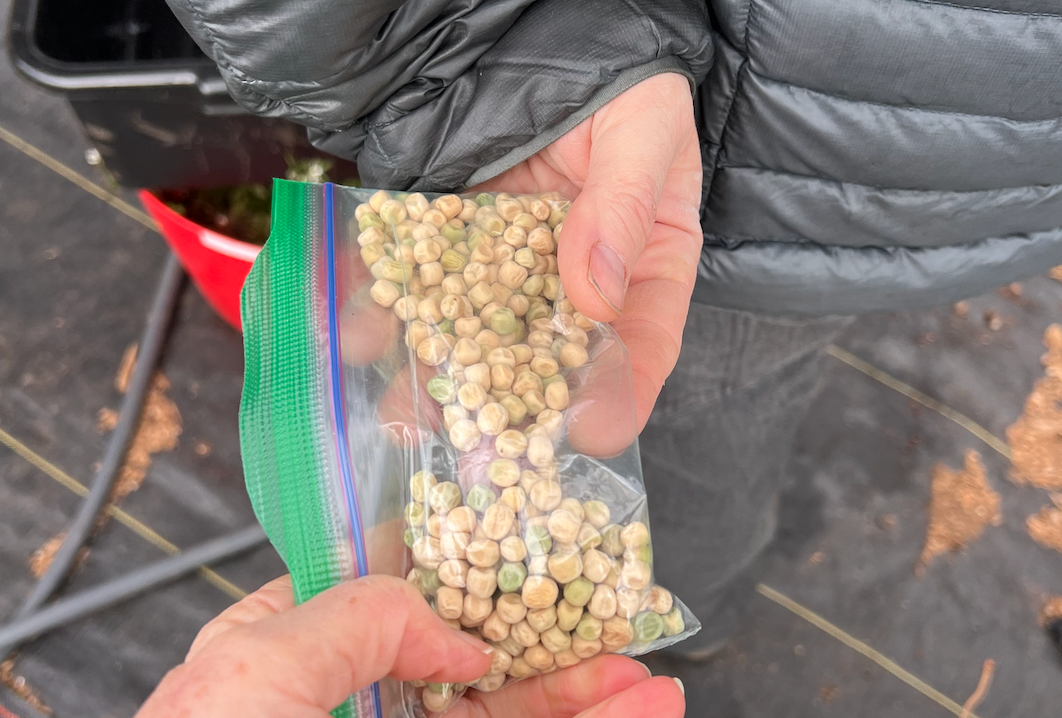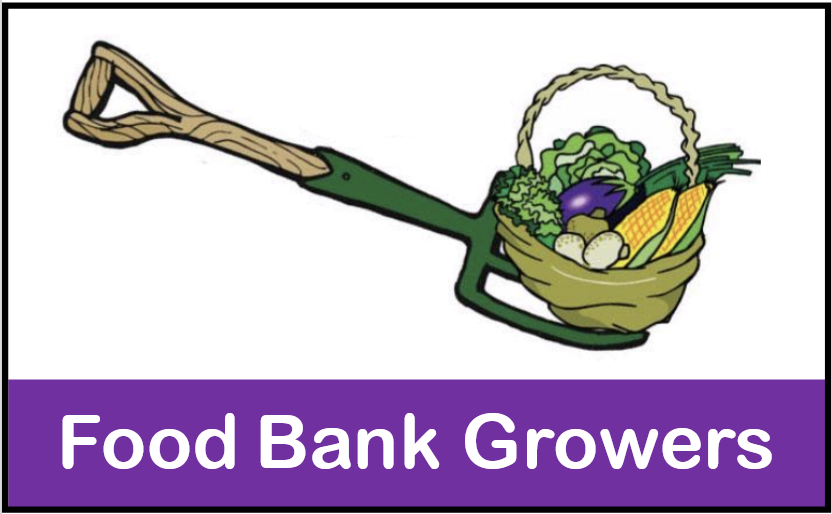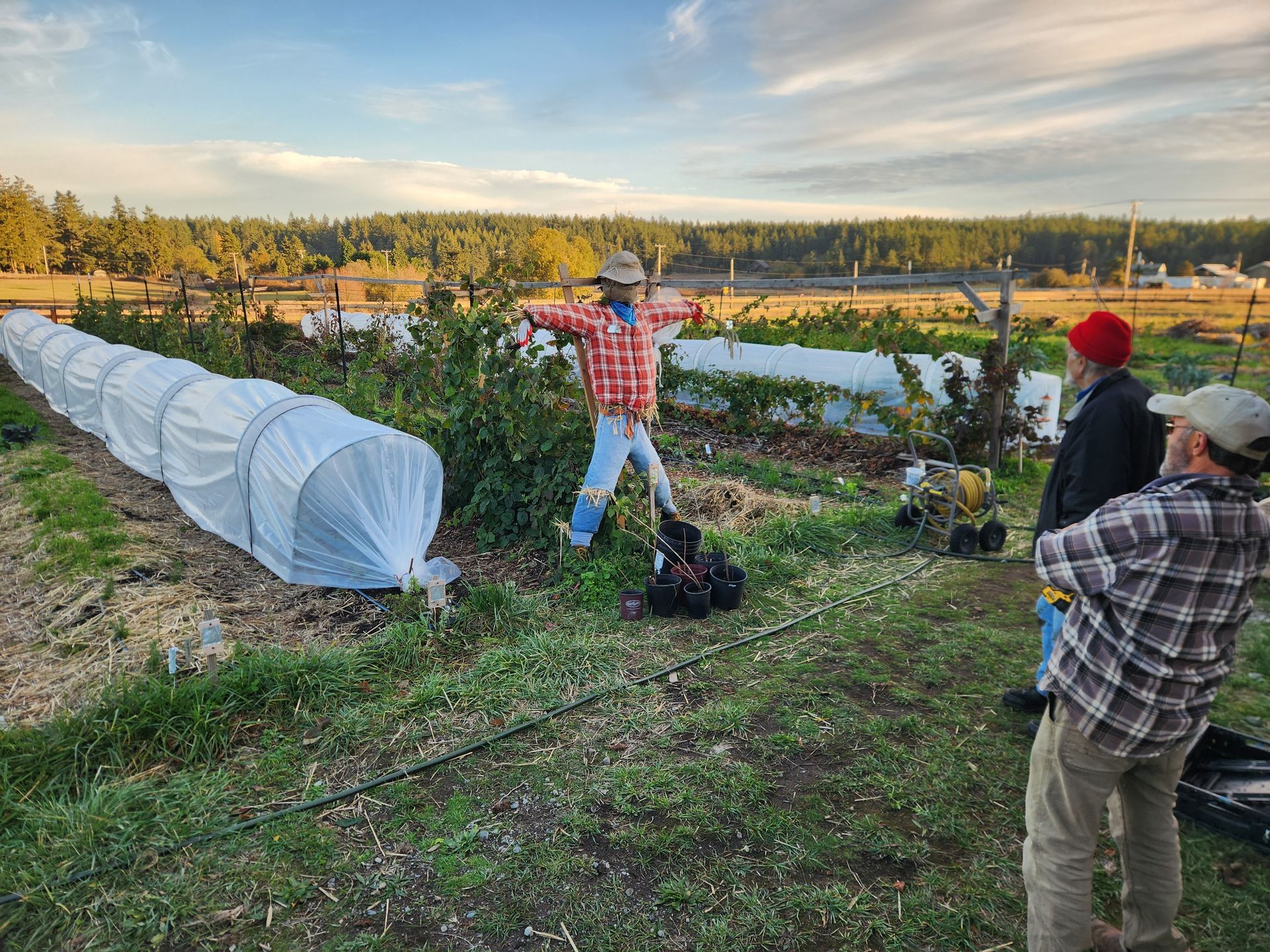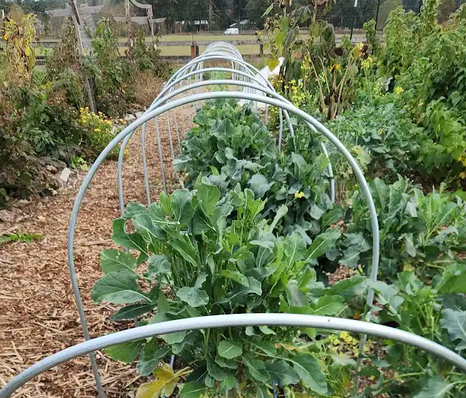Newsletter March 2024

March in the Garden
It is looking like March will be starting off cool to cold with low temperatures in the upper 20’s to low 30’s. The average temperatures for March are high of 51° and a low of 41°. NOAA is predicting a cool start to March but a warm-dry finish. Precipitation should be slightly above normal early in the month. As we all know the weather is getting harder and harder to predict. Looking at eight different forecasts I believe we will have a cool damp March. Row covers, cloches and any other season extenders we can find will be useful.
Garden Work:
The weather being what it is we can still get started in our gardens. Soil preparation is very important. Turning in or cutting down cover crops can start now. Moving in compost and manures. Adding soil amendments and letting them settle in before we start transplanting. I encourage a low or no til style of gardening that disturbs the soil as little as possible. Building it up by adding to the top an inch or two at a time.
The best thing you can do for/with your garden right now is to be in it. Whether it is 5 minutes or 5 hours. Just being in your garden will help get the season off right. Set up a garden basket with a slug container, garden scissors, gloves, a notebook and pencil. Then take it to your garden every day. Observe what is happening, make notes about what you want to happen, just be there. This is not about major projects but just being and breathing. I weed, harvest, remove slugs, watch birds and worms and plan.
The other thing you can do is “pet” your starts, it helps strengthen the stems and they will survive transplant better. I love watching my starts grow and look forward to transplanting them up and then out into the garden. Starts are a great way to get off to an early start. (Pun intended)
Planting:
- If your ground is dry enough or you are using raised beds now is the time to start getting your potatoes in. Remember that the new potatoes will grow off the stem 12 inches up from the mother potato. So plant them about 4 - 6 inches deep but plan to hill them up as they grow. I do the first 6 - 8 inches with dirt then switch to straw or leaves for the rest. Just make sure all your new potatoes are covered so they don’t turn green in the sunlight.
- You can also start planting peas now. Last year I covered mine with cloches and it worked great to keep most of the pest away. Birds, several insects and slugs all like to munch on pea starts. I was very pleased and highly recommend it.
- Spinach, beets, carrots, lettuce and parsley can also be started now. Again I recommend covering them with floating row cover or cold frame or cloches. I plan to wait until the temperatures are back with lows in the 40’s until I put anything out that isn’t really hardy.
- Starting indoors it is time to plant celery, Broccoli, Cauliflower, many herbs and of course on a heat mat you can start Tomatoes and Peppers.
Harvesting: If you were lucky and foresightful enough to keep your winter garden going then there are many delightful greens to harvest now. There could also be sprouting broccoli and overwintering carrots. Early radishes are much appreciated this early in the season.
Start working your garden slowly to avoid over stressed muscle and ease back into weeding and soil prep. A little at a time can get you a long way in the garden. 5 minutes here and there is much better than injuring yourself and being laid up. Remember to find joy in the garden and delight in the produce you grow.
Happy Gardening
Dianna Wiklund 🌻
FBG Garden Coordinator
2024 Year-to-Date Harvest - 98.35 pounds
Thanks to hardy winter vegetables and hoop houses, four of our gardens have produce to share.
Upcoming Events -
Tool Maintenance Workshop - March 9, 10-1 details on the calendar
De-rust, sharpen and get your tools ready for the season.
Co-Op Garden Work Party - March 16, 10-12 details on the calendar
This Month’s Postings on FoodBankGrowers.org
Grange Garden Continuous Produce Tips
Special Request - Egg Cartons
Birchyville Garden also has ducks and chickens providing eggs for the Food Bank. If you have cartons to recycle, please contact Birch (mbshapiro@mac.com) to drop them off.
Volunteers Needed for:
- Garden Co-Managers -- Each garden needs a point person -- someone who can point to what to do next… This year we're partnering new Garden Managers with experienced ones for every step. Between them, Dianna, and the Monthly "to dos", you'll have everything you need to produce baskets full of produce.
- Garden Sitters… Do you know your way around a veggie bed and can give a manager a summer break for a week or more? This short term commitment is greatly appreciated.
- Growers - - Learn how to grow fresh food for the Food Banks while learning how to grow food for yourself at home. We guarantee that every day you'll learn something new. All gardens will need help -- the more volunteers, the easier and more fun the work becomes. Go to the MAP SECTION of the website and locate a garden near you. Stay at one, or rotate through many. Hours differ by garden.
- Harvesters - Each garden will need harvesters to pick and prepare the produce for the Food Bank distribution. Hours differ by garden.
- Gleaners - Do you want your fruit tree picked this fall or be a volunteer gleaner? Write toPTgleaning@gmail.com.
VOLUNTEER HERE for computer work, writing, office-type duties…



